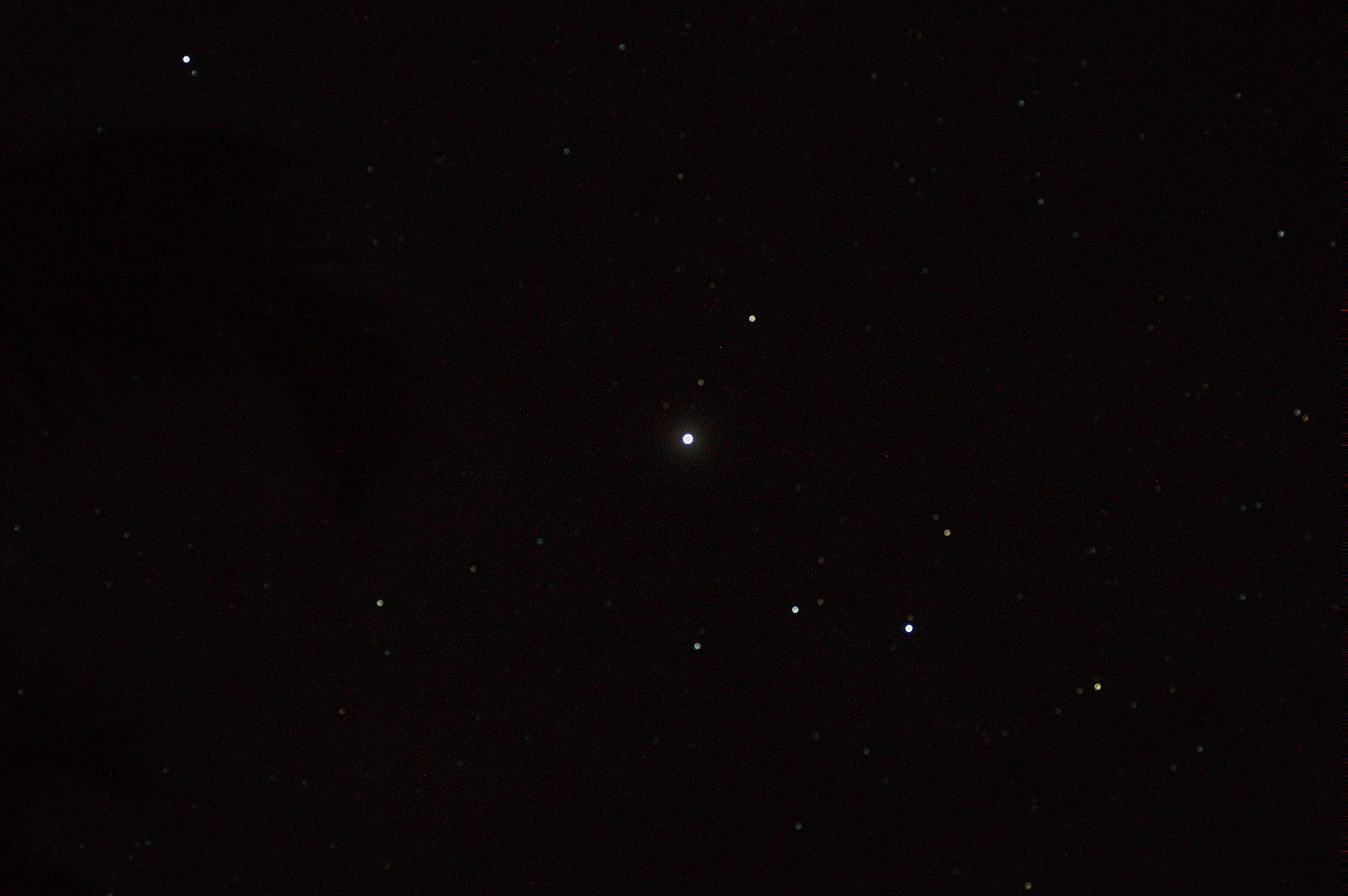It's been said that astro-photography is the most complex genre in photography. I wouldn't bet my eternal soul that it is. But if it isn't I don't want to try what is.
Last night I experimented with shutter speed. To be precise the difference between one second and four seconds using my Tamron 90mm 272E attached to a Sony Alpha a58. Did I mention the complexity of astro-photography? This test is only valid for this camera and this lens.
The first shot is Saturn at 1 s. Not so good. The second is Antares, M4 (the faint fuzzy) and the Oph Nebula (look for Mickey Mouse in the top half of the shot). Both shots have identical post processing, including stacking in DSS. They were taken within two minutes of each other.
I'll be going with a four second shutter speed.
Brian
 Helpful Posts: 0
Helpful Posts: 0
Results 1 to 5 of 5
-
15th July 2017, 04:18 AM #1

- Join Date
- Oct 2013
- Location
- Philippines
- Posts
- 12,181
- Real Name
- Brian
Astro-photography shutter speed no tracking
Last edited by Dave Humphries; 15th July 2017 at 08:29 AM. Reason: make two images as presummably intended
-
15th July 2017, 07:56 AM #2

- Join Date
- May 2014
- Location
- amsterdam, netherlands
- Posts
- 3,182
- Real Name
- George
Re: Astro-photography shutter speed no tracking
I don't know much about the sky but I see the same big stars in both shots, only a little bit turned. And a lot more in the second one.
From what I've read about the shutter speed is that it will be a balance between noice and trails. Not so long ago somebody here mentioned the speed of the moon as a factor of it's size on the sensor.
What do you mean with "stacking in DSS". Did you take more pictures?
GeorgeLast edited by Dave Humphries; 15th July 2017 at 08:29 AM. Reason: remove quoted image links
-
15th July 2017, 08:39 AM #3

- Join Date
- Oct 2013
- Location
- Philippines
- Posts
- 12,181
- Real Name
- Brian
Re: Astro-photography shutter speed no tracking
Actually you don't as stated the first shot is of Saturn. The second shot is Antares, M4 and the Oph Nebula.
As I understand it shutter speed is all about how many photons are collected. The longer it stays open the more you collect. Sadly after a certain amount of time an open shutter that is not attached to a camera that is attached to a tracking mount is going to show star trails.
DSS is a program designed as a deep space astro-photography stacker and limited editor.
-
15th July 2017, 10:08 AM #4

- Join Date
- May 2014
- Location
- amsterdam, netherlands
- Posts
- 3,182
- Real Name
- George
Re: Astro-photography shutter speed no tracking
Dave corrected your post of the second image. Now I can see it clear.
It's not only collecting photons. There's also a load over the sensor that heathens it. The longer it's used, the warmer it gets the more noise it will produce. This is camera dependent.
If you want to know, there's a program Deadpixeltest. The idea behind this program is that you make a picture with the lens cap on. So completely dark. The program checks this picture on non-black pixels. You can make use of a threshold for the noise. You can play with different exposures and isso settings. Maybe you find out that your camera doesn't create much more pixels with some higher isso. So not why use that. It are just thoughts.
http://www.photo-freeware.net/downlo...ad-pixel-test/
George
-
15th July 2017, 10:16 AM #5

- Join Date
- Oct 2013
- Location
- Philippines
- Posts
- 12,181
- Real Name
- Brian
Re: Astro-photography shutter speed no tracking
Thanks Dave all I could get visible was one with a link to the second.
Brian




 Reply With Quote
Reply With Quote

